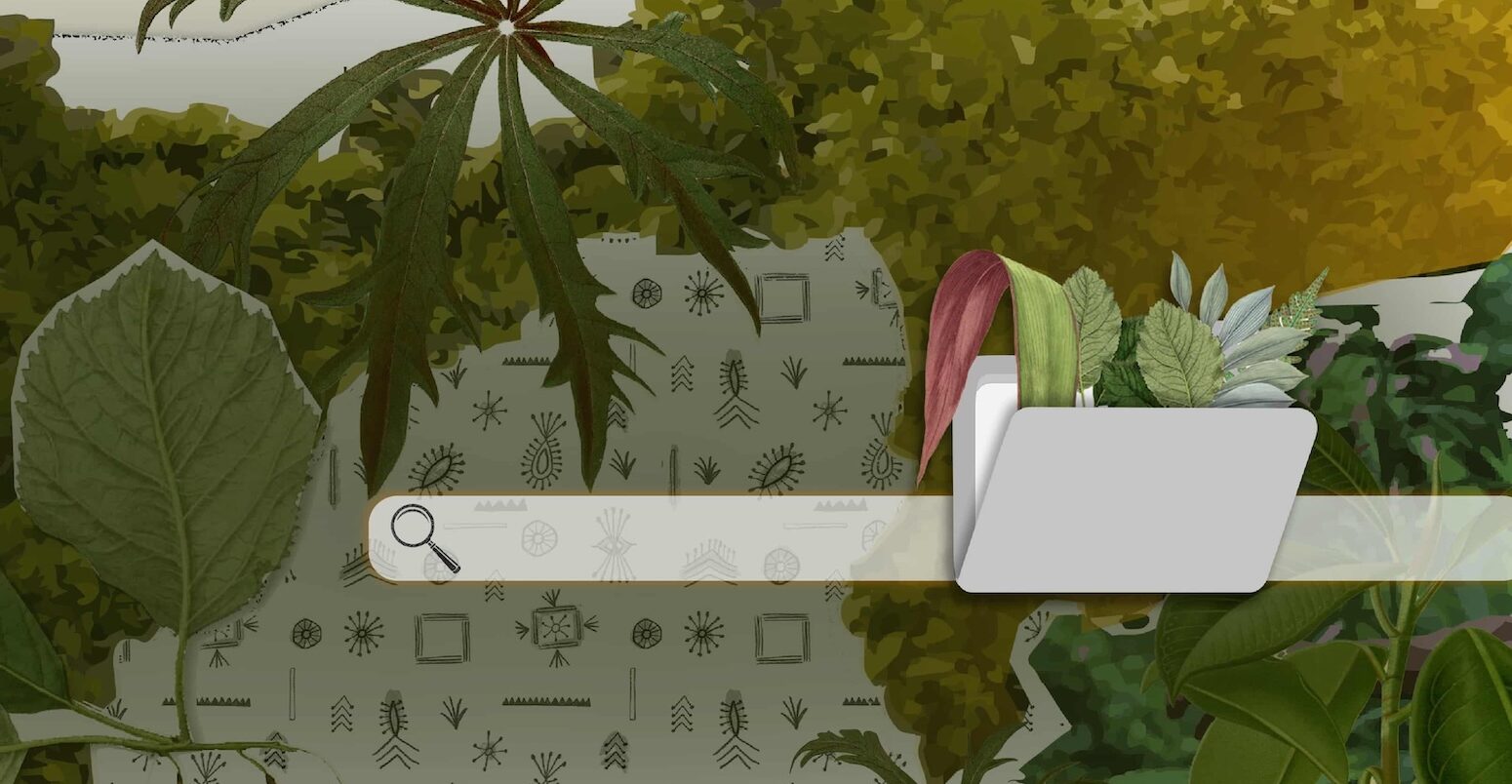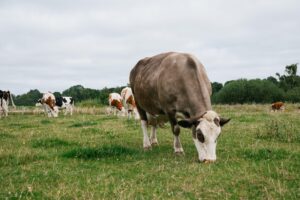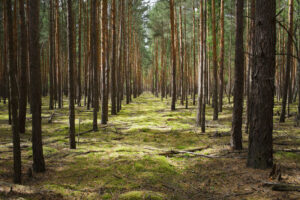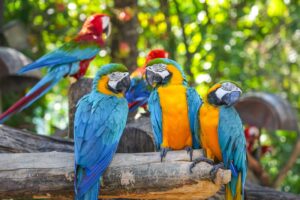
Infographic: How ‘digital sequence information’ can generate funds for biodiversity
Multiple Authors
02.20.25Multiple Authors
20.02.2025 | 4:37pmDigital sequence information, or “DSI”, refers to the genetic information derived from biodiversity.
Public and private databases – headquartered mainly in the global north – often source this genetic information from plants, animals, bacteria and fungi found in biodiversity-rich, global-south countries.
Companies then use the information in these databases to develop drugs, cosmetics and supplements, or to produce crop varieties with better drought tolerance.
To date, companies have been able to access and use DSI without compensating people who preserve this same genetic diversity in the natural world.
As a result, global-south nations have long called for an international mechanism to ensure benefits from DSI are shared fairly with the people living where the resources were “discovered”, including Indigenous communities.
At COP16 in Cali last year, countries agreed to the first-ever global fund for companies profiting from genetic data to contribute to conservation goals. The fund officially opens on 25 February, the first day of the resumed COP in Rome.
The fund is supported by a new body, governed by UN biodiversity member countries, that decides and monitors how, when and whether benefits from DSI are shared.
However, there are many loopholes still to plug and rules to finalise.
Contributions to the fund are voluntary and depend on whether companies will both admit to using genetic material and paying into the fund.
And much rests on whether countries develop strong national laws to support the COP16 agreement and incentivise companies in their regions to contribute.
Despite the remaining grey areas, experts closely involved in the negotiations say the Cali fund – a decade in the making – was a rare “win” for the idea of “paying nature first”.
The infographic below explains, via an illustrative journey, how gene data from biodiversity makes its way to products and consumers – and how these benefits could flow to communities and protect ecosystems.


Countries and communities have been asked to nominate national focal points and submit their views on the size of companies that should contribute to the DSI fund.
At the same time, the UN biodiversity secretariat has been tasked with studying how much companies should contribute – and how this could impact their revenues and economic competitiveness.
Based on these studies, countries will review contribution rates to the fund next year at COP17 in Yerevan, Armenia, along with a formula to allocate funds fairly to countries, based on their “biodiversity richness” and “capacity needs”. Additional rules will be discussed and the full mechanism reviewed at COP18.
-
Infographic: How ‘digital sequence information’ can generate funds for biodiversity





